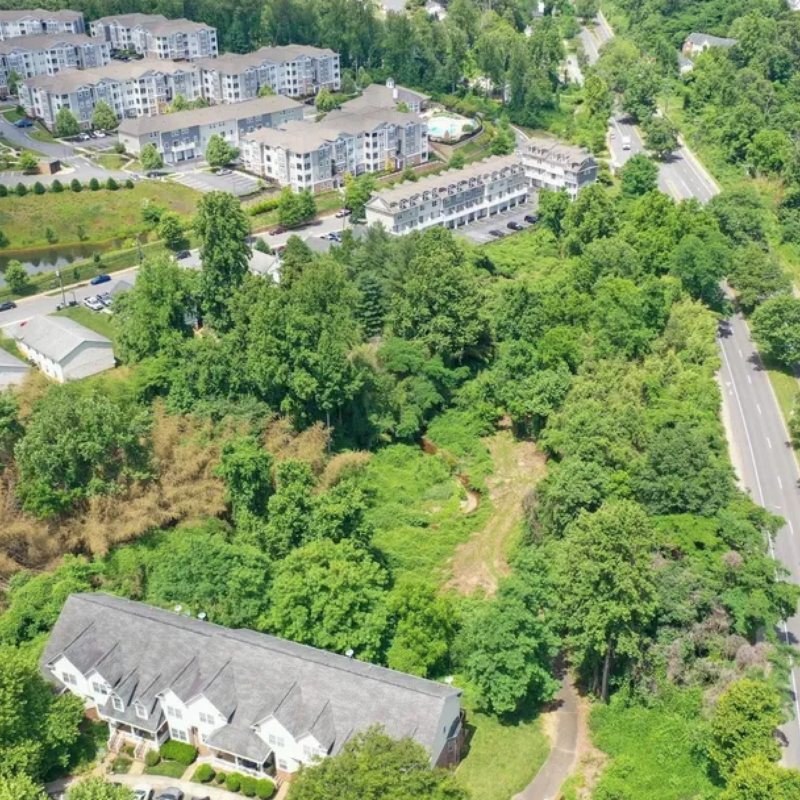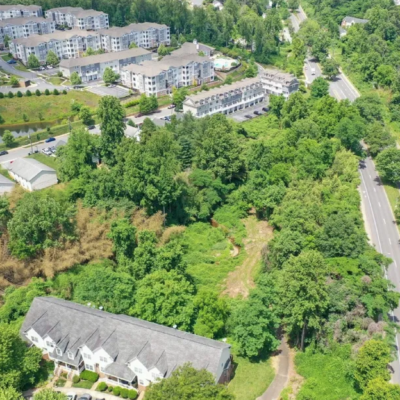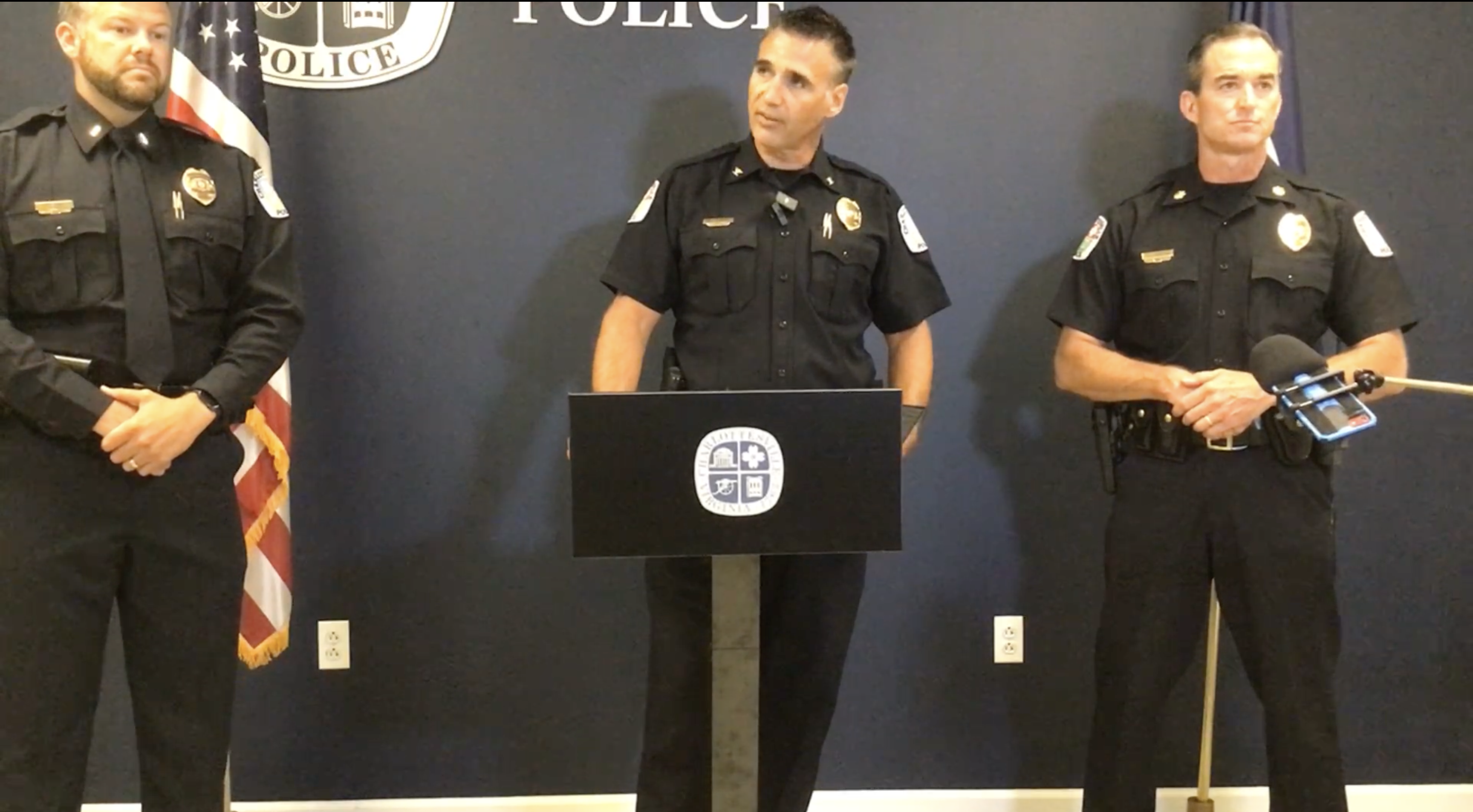Even though City Council has cast its final vote on the city road portion of the Meadowcreek Parkway (MCP), project opponents remain hopeful that the project can be quashed, or at least seriously curtailed. Behind the scenes, they are preparing for the possibility of lawsuits.
“We believe there is grounds for challenging VDOT and the city in court,” says John Cruickshank, president of the Piedmont Group of the Sierra Club, which has joined with a new group, the Coalition to Preserve McIntire Park. “There are federal laws that protect park lands, natural areas, and historic sites. We plan to use these laws to protect McIntire Park and prevent the construction of an unnecessary road.”
If built, the parkway would blast through the McIntire Park golf course to connect McIntire Road to Rio Road, giving a new north-south corridor to connect 29N to Downtown, relieving the burden on both Route 29 and Rio Road. It is technically composed of three separate projects—the county portion of the road, the city portion of the road (aka McIntire Extended), and the split-grade intersection at the 250 Bypass. The county portion is already advertised for construction, and the city portion will go to bid in February, when construction is expected to start on the county portion. The intersection, which is largely financed by a $27 million federal earmark by U.S. Senator John Warner, is still being engineered and will require a final public hearing at City Council early next year.
|
Technically three projects, the Meadowcreek Parkway will likely face lawsuits before it’s built. |
Opponents are pursuing several different lawsuit angles, but the most obvious one is on the grounds of “segmentation.” The National Environmental Policy Act (NEPA) mandates environmental review of federal projects, like the 250 Interchange. But NEPA requires projects to have rational end points, to avoid shortchanging environmental review. The McIntire Extended project, a state funded project, technically ends 775′ from Route 250. If it were built without the interchange, drivers would have to four-wheel it across that section of McIntire Park. MCP critics say that both projects should be considered as one for federal review. Parkway sponsors argue that the road project and the interchange are separate because they both have “independent utility.”
The Parkway opposition got another stab at joining the two thanks to the state Department of Historic Resources (DHR), which got involved late in the process to review the cultural resources of McIntire Park. Three of the loudest critics of the project—Rich Collins, Peter Kleeman and Daniel Bluestone—managed to get the Federal Highway Administration to appoint them as citizen “consultants” to review the interchange design under the National Historic Preservation Act in order to see how to minimize and mitigate the impact on cultural resources.
The group met October 22 with parkway consultants and officials from the city, VDOT, FHA and DHR. Collins tried to make the case that both road and interchange should be reviewed together and have one permit. Collins says he wasn’t directly trying to establish the basis of a lawsuit, but goes on to say, “It’s clear that the efforts to unite these projects will have the effect of making clearer to the public that this is one enterprise, and therefore that this would be more legally vulnerable to a lawsuit.”
But Eric Almquist, a consultant hired by the city to oversee the interchange project, recognized Collins’ attempt and threatened to end the meeting. “We’re here to talk about the impacts of the interchange project,” said Almquist. “It’s time to move forward. If you don’t have comments, then we won’t have any more meetings.”
However, DHR representative Ethel Eaton pushed for a “practical application.” “If you want to treat them as two projects, O.K., but let’s think realistically about what the effects are.”
After a few hot exchanges, Bluestone, an architectural historian, and others outlined potential impacts of the interchange, particularly to the Rock Hill garden that is on the Monticello Area Community Action Agency’s (MACAA) property. Bluestone, who lives near the project on Park Hill, suggested that turn lanes be cut that would keep southbound travelers from going either east or west at 250.
“The City Council has no interest, I don’t think, in making it easier for county residents to come through their main park and go to Pantops,” said Bluestone. “Or, for that matter, to go west on 250. They want them to come Downtown.”
C-VILLE welcomes news tips from readers. Send them to news@c-ville.com.





